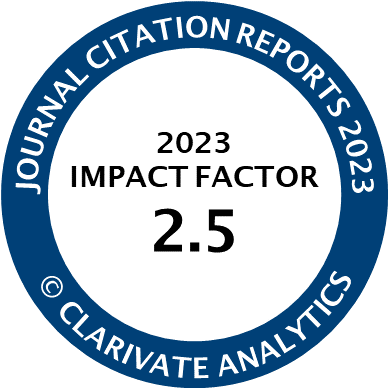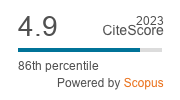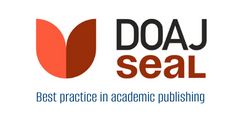Article | Open Access
Muslims’ Vote Choice: Exclusion and Group Voting in Europe
| Views: | 465 | | | Downloads: | 275 |
Abstract: A well-documented fact is that Muslim citizens tend to vote for the left in greater proportion than non-Muslim citizens. In Western Europe, this difference in the vote for left-wing parties exceeds 30%. Interestingly, the gap endures despite Muslims’ integration into the host society, which is expected to militate against group voting. Why, then, do Muslims continue to vote as a group? And what factors account for their leaning towards the left? We argue that exclusion and discrimination, to which Muslims are regularly subjected as a group, work against the effect of integration on their vote choice, as it strengthens the saliency of group interests and “linked fate” in their voting calculus. Using public opinion survey data, we show that the more Muslims feel discriminated against by their host society, the more likely they are to engage in group voting and vote for the left. We also show that political exclusion, proxied by the electoral strength of radical-right parties, has a positive association with Muslims’ support for left-wing parties. Finally, we delve into the British case and show that experiences of physical violence are also manifested in stronger group voting by non-Western immigrants. Our article sheds light on a phenomenon that has the potential to reshape the electoral landscape in Europe by rendering ethnic and religious identity a crucial dimension of party competition.
Keywords: exclusion; immigration; left‐wing parties; Muslims; radical‐right parties; voting behavior
Published:
Supplementary Files:
© Odelia Oshri, Reut Itzkovitch-Malka. This is an open access article distributed under the terms of the Creative Commons Attribution 4.0 license (http://creativecommons.org/licenses/by/4.0), which permits any use, distribution, and reproduction of the work without further permission provided the original author(s) and source are credited.




